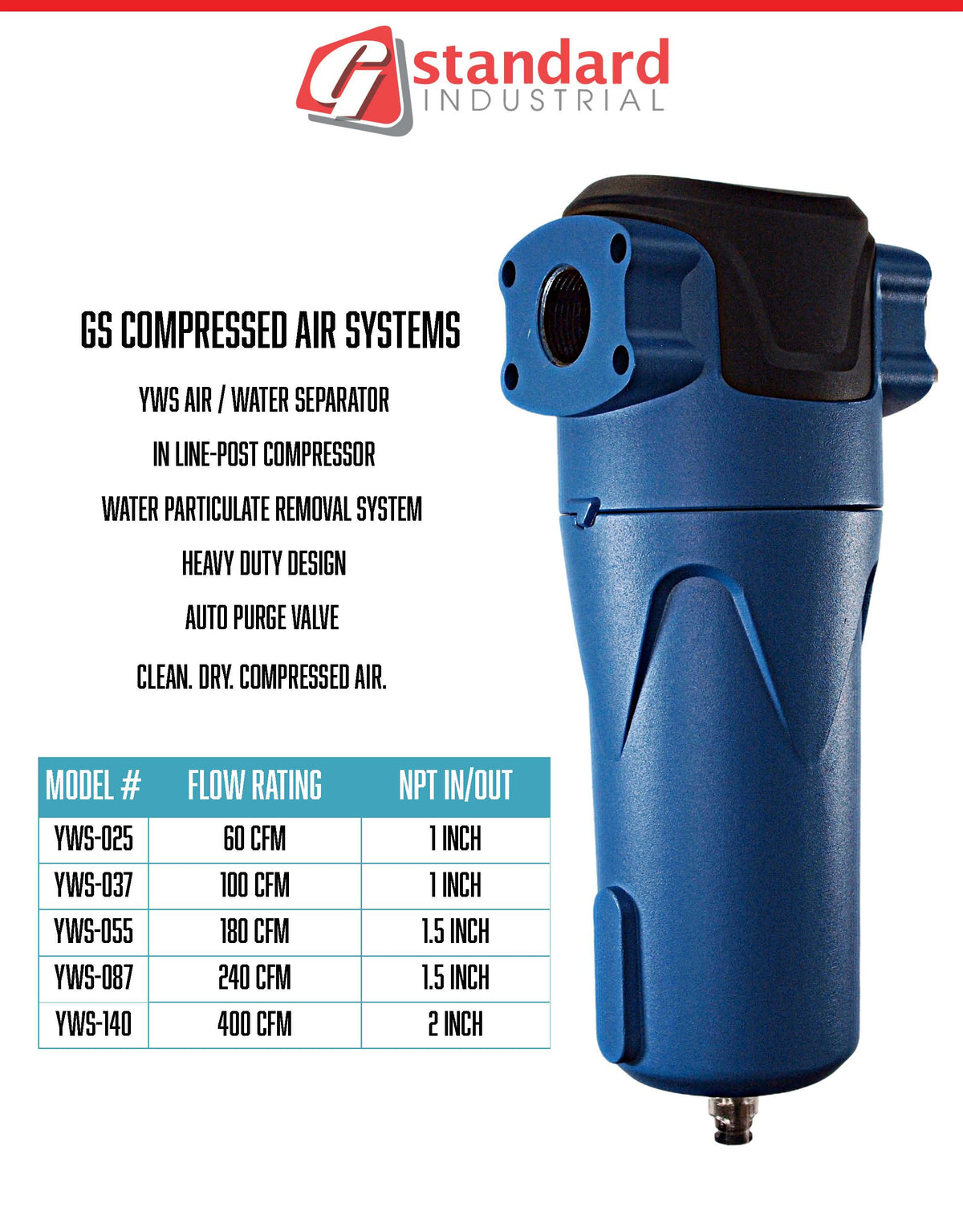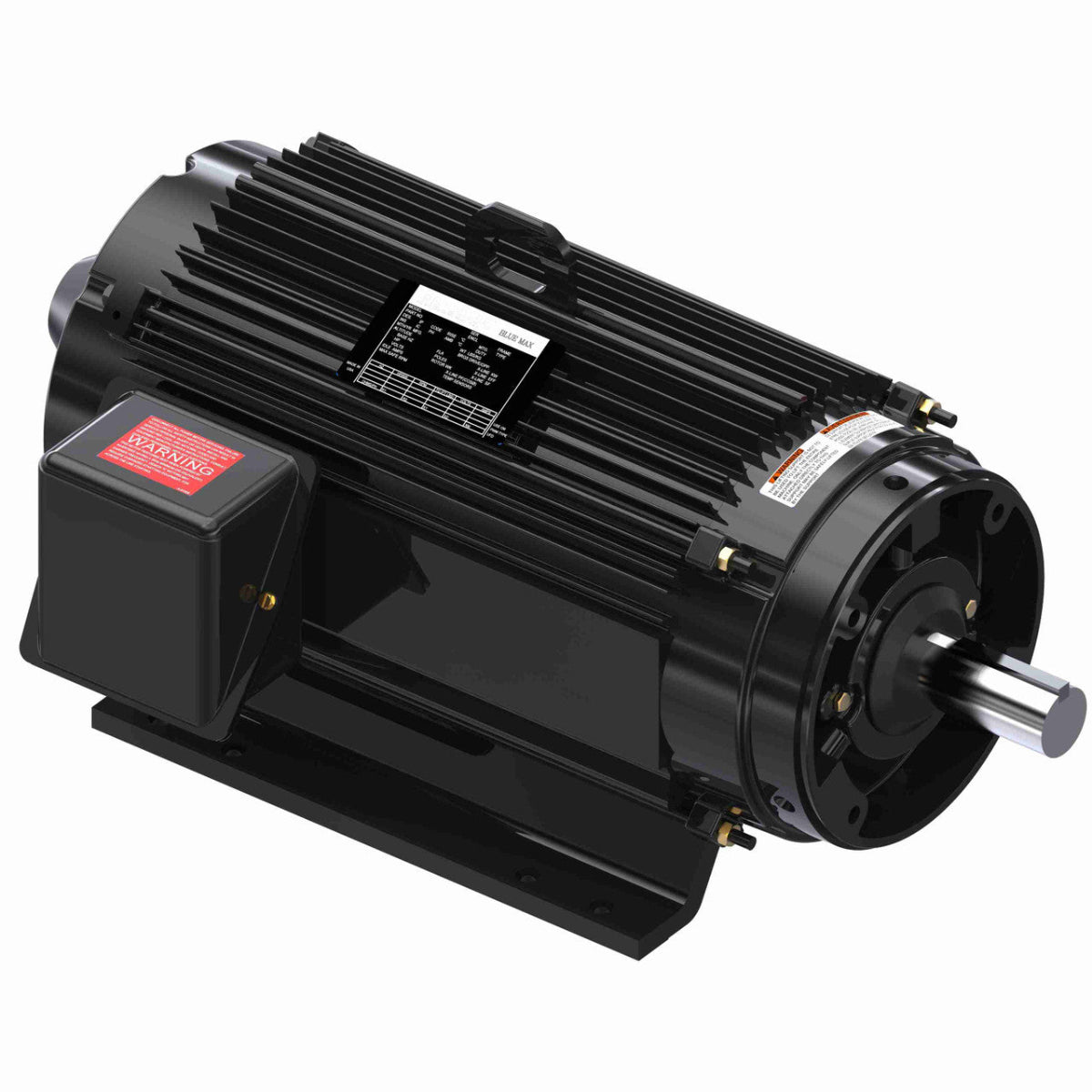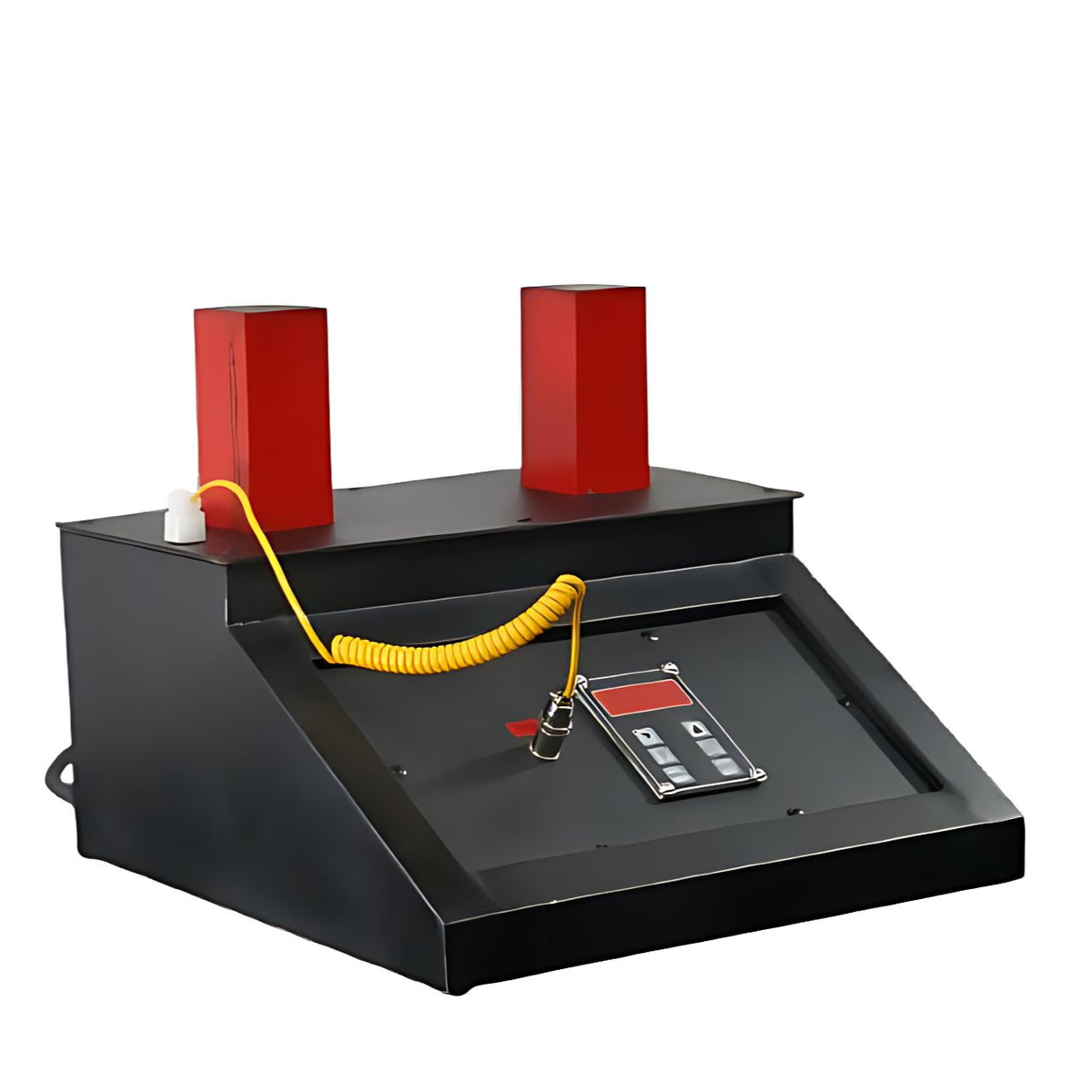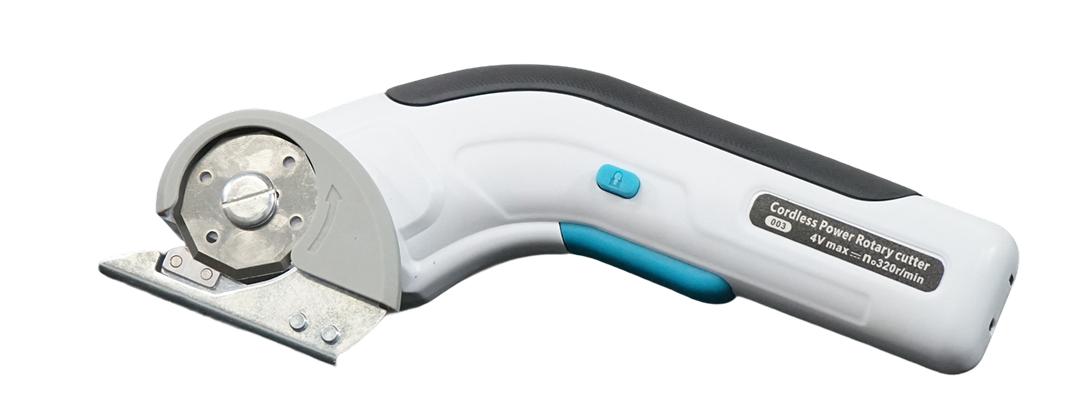Introduction
Air compressors are the backbone of countless industries, powering tools, automation systems, and production lines. While piston (reciprocating) compressors and rotary screw compressors are the two most common choices, they are built for very different applications. Many businesses choose piston compressors for their low upfront price, but rotary screw compressors often win out when total cost of ownership (TCO) is factored in. This article breaks down both technologies objectively, citing industry standards and costs to reveal where each excels—and why rotary screw compressors, like those produced by GS Compressor, represent a strategic long-term investment.
How They Work
Piston Compressors: Piston or reciprocating compressors use a crankshaft-driven piston to draw air into a cylinder and compress it. They are simple, rugged, and often cheaper upfront but operate with higher vibration and require frequent maintenance.
Rotary Screw Compressors: Rotary screw compressors rely on two meshing rotors that trap and compress air continuously. They are engineered for continuous-duty operation, often rated for 100% duty cycles, making them ideal for industrial operations.
Energy Efficiency Comparison
Energy consumption accounts for over 70% of a compressor’s total lifetime cost (U.S. Department of Energy). Rotary screw compressors are typically 30-50% more efficient in continuous-use environments due to:
-
Continuous compression process (no reciprocating losses)
-
Tighter internal tolerances
-
Better air cooling and moisture management
Piston compressors are better suited for intermittent or low-volume use, where energy losses are less impactful.
Noise and Workplace Safety
Typical noise levels:
-
Piston: 85–100 dB
-
Rotary Screw: 60–75 dB (with proper enclosures)
Lower noise improves workplace safety, reduces the need for hearing protection, and can improve productivity.
Maintenance and Longevity
-
Piston Compressors: Require frequent oil changes (every 500–1,000 hours), valve maintenance, and belt replacements. Lifespan is typically 10,000–15,000 hours.
-
Rotary Screw Compressors: Oil changes are needed every 4,000–8,000 hours, and the air end can last 60,000+ hours with proper maintenance.
This means a single rotary screw machine can outlast 3–4 piston compressors in high-demand operations.
Upfront Costs vs. Lifetime Costs
| Factor | Piston | Rotary Screw |
|---|---|---|
| Purchase Price (100 CFM) | ~$5,000 | ~$12,000 |
| Annual Energy Costs | ~$7,000 | ~$4,500 |
| Maintenance Costs (10 years) | ~$15,000 | ~$8,000 |
| Lifespan (hours) | ~15,000 | ~60,000 |
| Warranty (air end) | 1–5 years | Up to 10 years (GS Compressors) |
Over 10 years, a rotary screw compressor saves thousands in energy and maintenance, offsetting its higher upfront cost.
Why GS Rotary Screw Compressors Stand Out
GS Compressors combine 100% duty cycle ratings, 10-year air end warranties, and custom-sized solutions. Their focus on efficiency and tailored system design means customers see not just equipment savings but reduced operational waste.
Conclusion
Piston compressors remain a good choice for hobbyists or small shops with low duty cycles. For continuous industrial use, rotary screw compressors provide quieter operation, lower lifetime costs, and longer machine life. GS Compressors outperform by offering robust warranties and engineering designed for decades of service.




0 comments